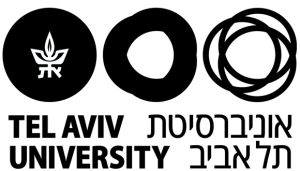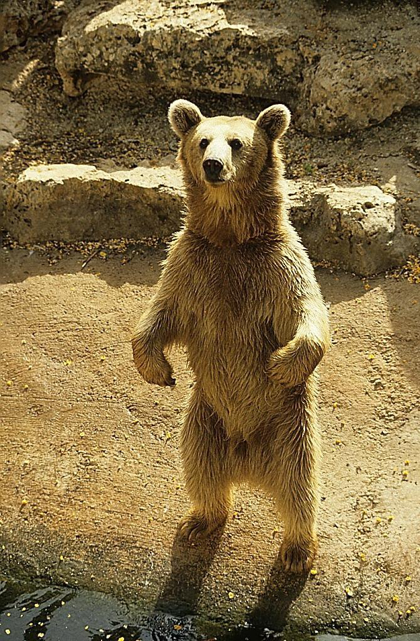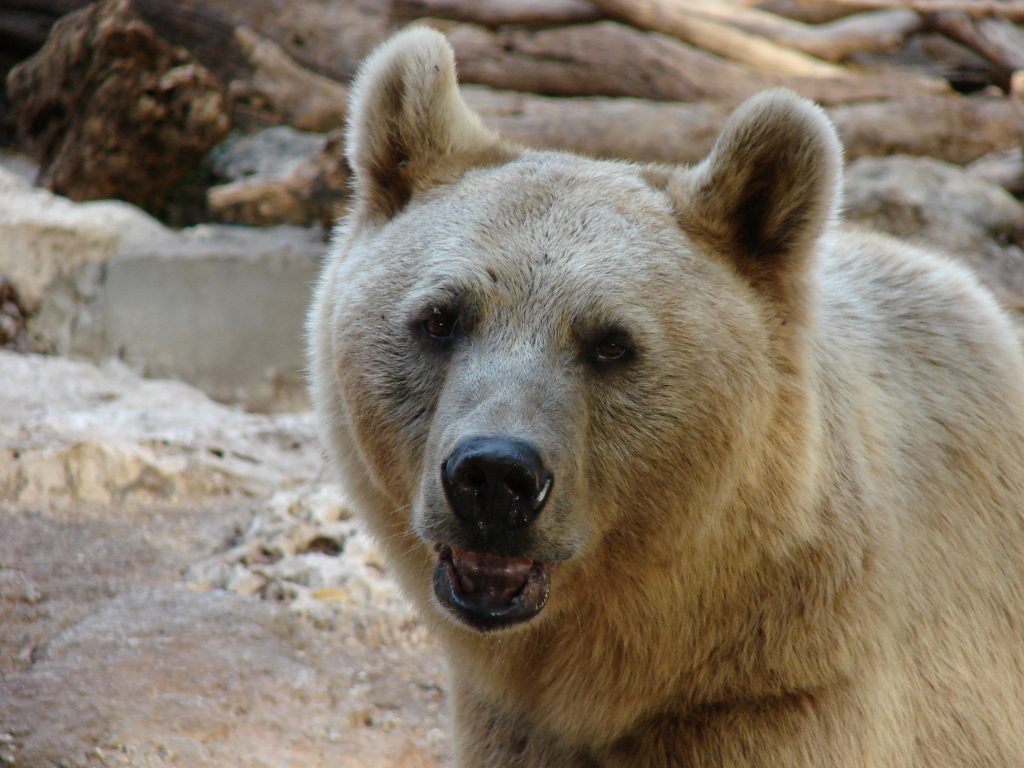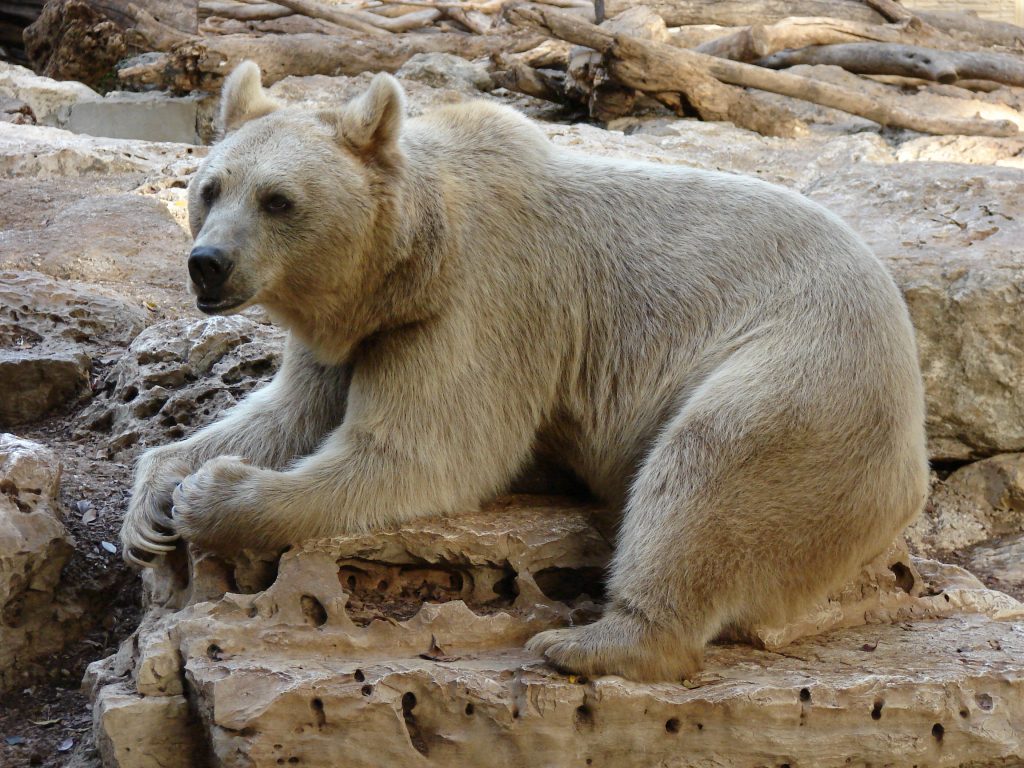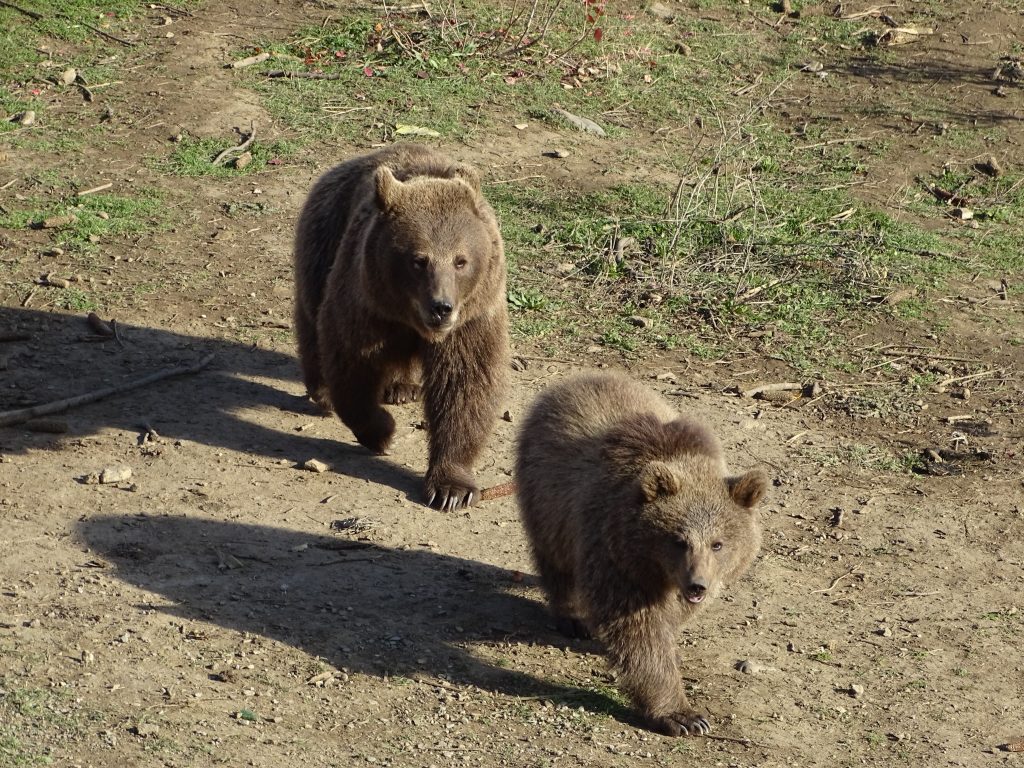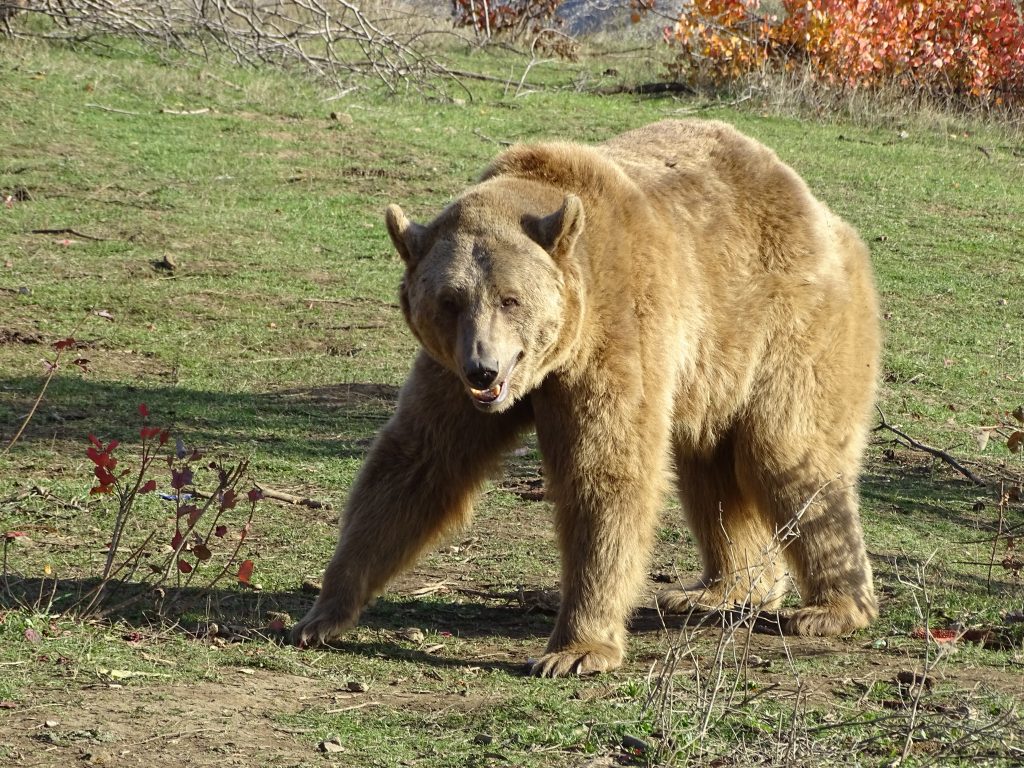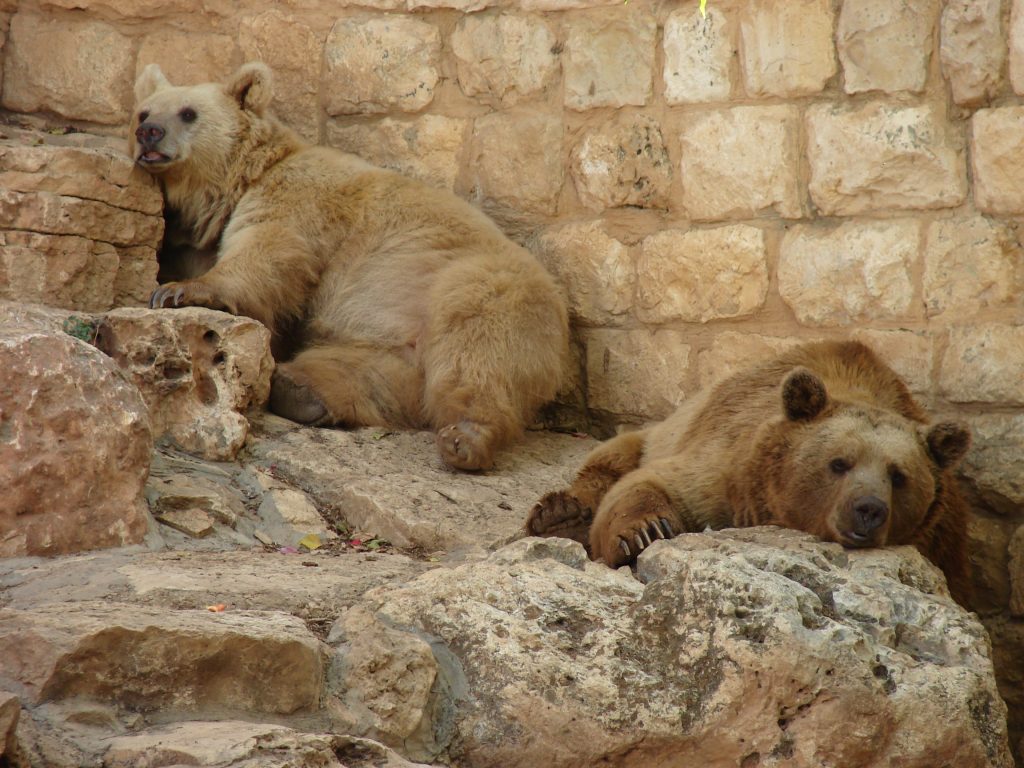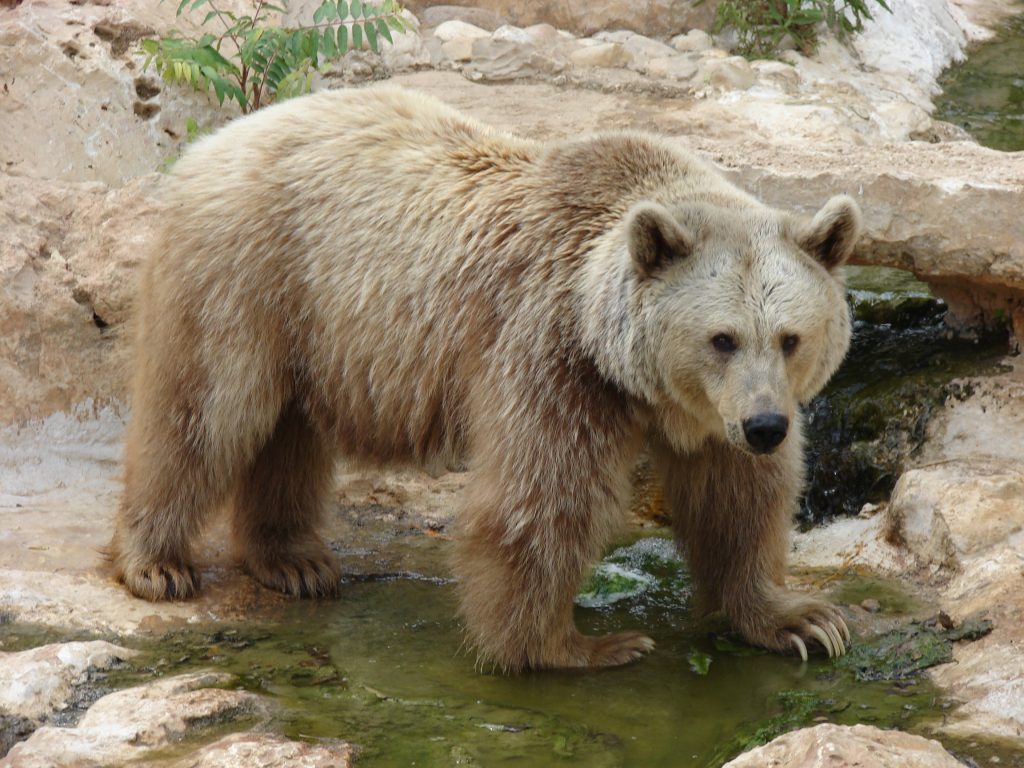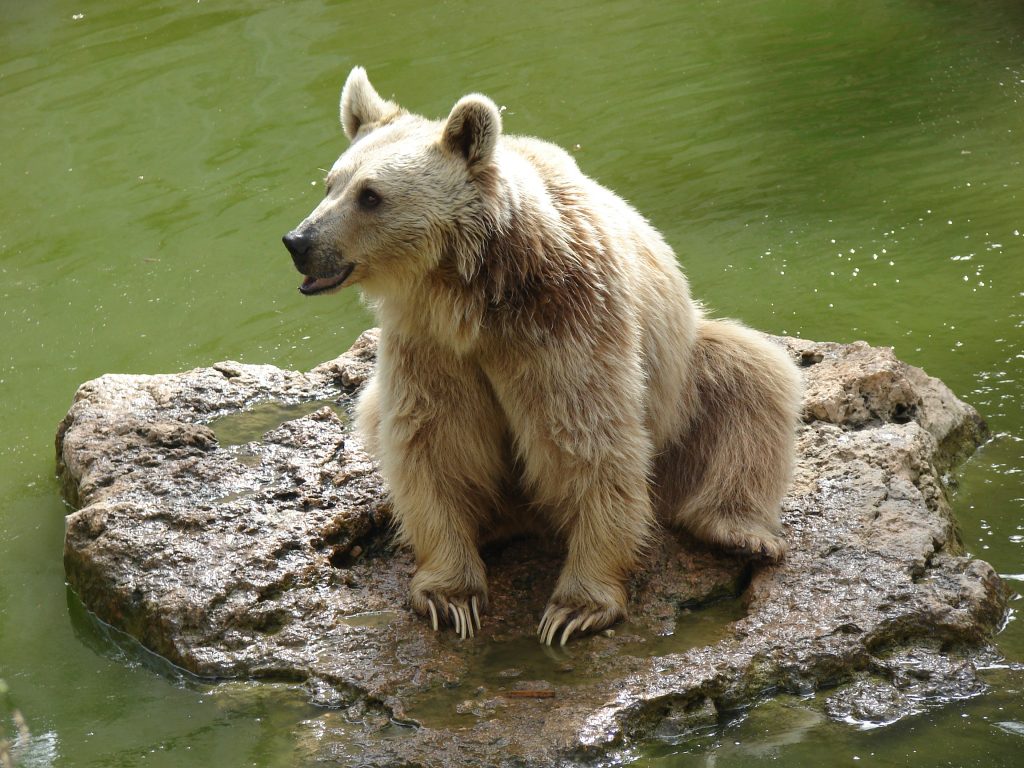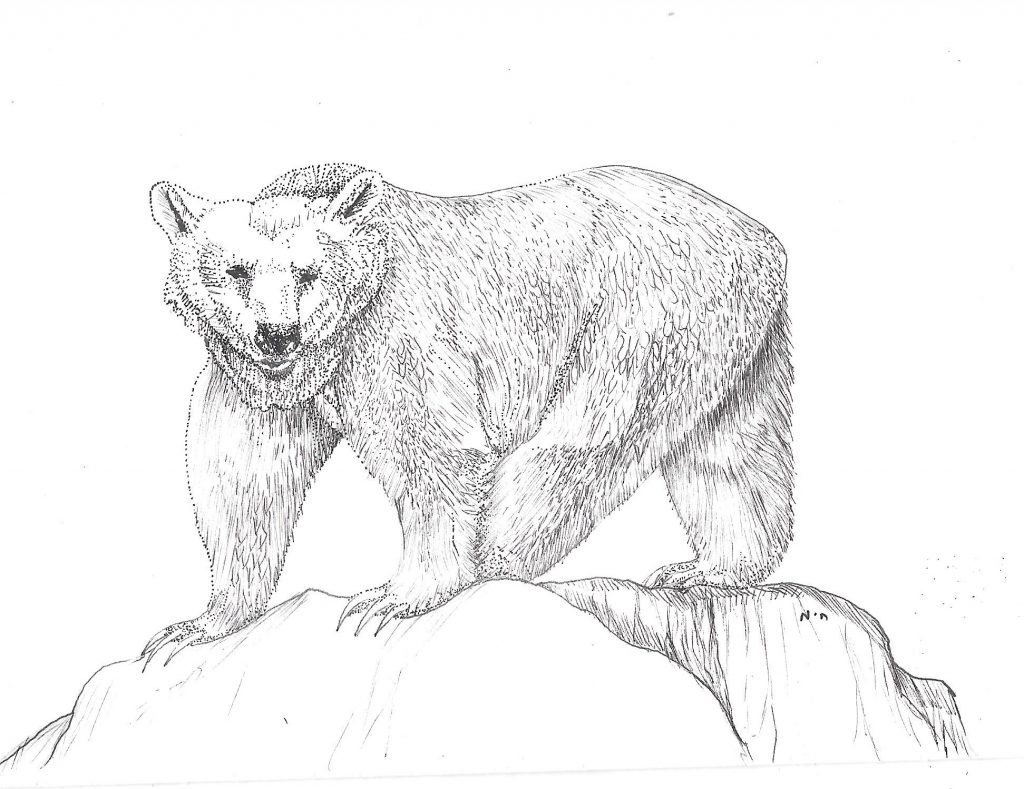Bear, דב, Ursus arctos syriacus
Back to FaunaBear
דב (dov)
Ursus arctos syriacus
Image gallery
Biblical data
Introduction
The דב, or bear, is considered second only to the lion among the large predators, and it occurs thirteen times in the Hebrew Bible. Bears are referred to alone only four times; they more commonly appear side by side with lions. Bears and lions are the two most threatening animals specifically to shepherds and their flocks (1 Sam 17:34, 36, 37; 2 Sam 17:8 and 10; and the reverse utopia in Isa 11:7), and to humans in general, either as individuals or in a group (2 Kgs 2:24; Hos 13:8; Amos 5:19; Prov 17:12; 28:15; Lam 3:10; and Dan 7:5). In several images God is portrayed as a threatening bear (Amos 5:19; Prov 17:12; Lam 3:10). The repeated image of דב שכול (2 Sam 17:8; Hos 13:8; Prov 17:12) conveys the greatest danger. But is it the male or the female that presents that danger in situations of loss? Both ancient and modern translations refer to the maternal care for the young: “a bear robbed of her whelps” (see History of Identification, and the zoological discussion below).
Distribution within the Bible
Bears appear in narratives, prophecies, and wisdom literature, as well as in one poetic communal lament.
Five of its thirteen occurrences are in narratives within the historiography of Samuel and Kings:
- Three times in the story of David killing Goliath, where David boasts of defeating lions and bears in his duty as shepherd: 1 Sam 17:34, 36, 37
- Once in the Absalom revolt, where Hushai compares the brevity of David and his men to “a bear in the wild robbed of her whelps” using simile: 2 Sam 17:8; see also the second simile to lion’s heart in v. 10
- Once in the prophetic legend of Elisha and the two bears coming out of the יער (“forest”) killing forty two children: 2 Kgs 2:24
The bear occurs only four times in prophetic literature:
- Once in Isaiah 1–39, in the utopian prophecy that brings together predators and their prey: 11:7
- Once in Second (or Third) Isaiah, where the growl of the bears and the moan of doves symbolize the people’s distress: 59:11
- Twice where the bear, together with the lion (and the snake), symbolizes God’s judgment against his people: Hos 13:8 and Amos 5:19. This line is also taken by the poet in Lam 3:10.
Two different qualities of bears are employed in the book of Proverbs,:
- Prov 17:12 prefers handling “a bereaved she-bear” over a fool and his nonsense
- Prov 28:15 takes the bear’s voice (?) to symbolize a wicked ruler
Finally, the bear is one of the four animals Daniel sees in his dream (Dan 7:5) second to the lion, and before the leopard and the creature that is more hybrid and mysterious than the previous three.
Parts, Elements, Features that Are Specified in the Bible
The major characteristics of bears are learnt from its habitat and predatory customs.
Habitat. Bears come out of the יער (in 2 Kgs 2:24), which in many occurrences would be easy to translate as “forest and thickets.” But in the case of Elisha, this sad occasion took place between Gilgal and Bethel, on the eastern slopes of the Benjaminite desert, a habitat with different vegetation than is typically associated with יער (“forest”) (see the item יער, forest). Another habitat is the שדה, the field, or the wild (2 Sam 17:8).
Dietary. Bears hunt and endanger sheep among the flocks and thus endanger shepherds as well (1 Sam 17:34, 36, 37). In Isa 11:7, these predatory and carnivorous characteristics are reversed to have the cow and the bear herd together, taking care of their young ones. It is of interest that the Hebrew Bible does not at all reflect the herbivorous qualities of bears (see the zoological information below).
Hunting. Part of their hunt strategy involves lying in wait for their prey (2 Kgs 2:24; Lam 3:10).
Gender. Care for the young turns into agony and wrath when harm is caused to their young. This is reflected in the phrase דב שכול, which has been commonly translated as referring to Maternal care. “a bear robbed of her whelps” (2 Sam 17:8; Hos 13:8; Prov 17:12). Unspecified gender in names of animals is not an exception, but the more interesting thing with bears is that the attributes remain masculine (שכול) even when the expression clearly refers to the female bear and its maternal care for the cubs. This enigma in the Masoretic Text was addressed by the early translations which seem to have struggled with this linguistic-thematic challenge (see History of Identification below).[1] Another use of דב in the singular masculine to refer to a female (in this case, mother) bear is in Isa 11:7, where the cow and the bear herd together—ופרה ודב תרעינה, יחדו ירבצו ילדיהן (“The cow and the bear shall graze, their young shall lie down together”—and take care of their young ones (see History of Identification below). It is clear that a female bear is in question here because the verb תרעינה ‘to graze’ and the suffix on ילדיהן ‘their young’ are both feminine plural.
Power. The bear could be stronger than a lion, or at least “a lion’s heart.” Hushai (2 Sam 17:7–13) enriches his counsel to Absalom with two similes. The first concerns the brevity of David and his men who are “as a bear in the wild robbed of her whelps” (v. 8). The second diminishes the courage that would be shown by Absalom’s warriors by saying that, even if they are brave, “with the heart of a lion,” their heart will nonetheless melt in fear (המס ימס). Use of these two similes is of interest because it depicts the bear “robbed of her whelps” as stronger than the lion (or at least the “lion’s heart”).
Voices. The growl of the bear is mentioned once together with the moan of the doves (Isa 59:11) and once as דב שוקק (NJPS: “a prowling bear”) with a roaring lion (Prov 28:15).[2]
Function in Context
While the occurrences in the Former Prophets may be understood to reflect the reality of daily life, in which shepherds face threatening predators (1 Sam 17:34, 36, 37) or humans are attacked by bears (2 Kgs 2:24), other references within the Latter Prophets, poetry, and wisdom literature use the bear in several metaphorical contexts: (1) The hunting bear appears as God threatening his own people (Hos 13:8; Amos 5:19; Lam 3:10). (2) The growling bear serves to portray the people’s agony as they wait for salvation (Isa 59:11); but the bear’s threatening voice also illustrates the relationship of an evil ruler toward his poor people (Prov 28:15). Finally, (3) דב שכול illustrates bravery and power when it comes to human heroes (2 Sam 17:8) or to God (Hos 13:8). In Prov 17:12, these same qualities are used to ridicule the fool and appear as the minor threat in comparison to facing the fool and his nonsense.[1]
Pairs and Constructions
דב שכול occurs three times: 2 Sam 17:8; Hos 13:8; Prov 17:12.
End Notes
[1] GKC §122e explained it as referring to “strong and courageous” animals that are all masculine—ox (אלוף), bear (דב), wolf (זאב), and dog (כלב)—whereas hare, rabbit (ארנבת), dove (יונה), stork (חסידה), bee (דבורה), and ant (נמלה) are all feminine.
[2] דב שוקק (NJPS: “a prowling bear”). According to BDB 1055, שקק is a verb of action, not of voice, and thus designates “run, run about, rush” (e.g., Joel 2:9 and Isa 33:4 in reference to locust, and figuratively in Isa 29:8 inthe expression נפש שוקקה, which means “longing for water.” HALOT (1647) suggests two possible etymologies as documented in Akkadian and thus allows two different understandings of the דב שוקק image as either “a bear about to attack” or (following the Peshitta) as “female bear who raises her voice.” Hurovitz, Proverbs 10–31, 537 claims that there is no basis to these suggestions, and that the more plausible suggestion would be to base the interpretation on the context, which refers to voice, as in the Targum: ודובא מצריח (“a shouting bear”).
[1] Forti, Animal Imagery in the Book of Proverbs, 87, and see 62–67.
Bibliography
Forti, Tova. Animal Imagery in the Book of Proverbs. Leiden: Brill, 2008.
Hurovitz, Victor A. Proverbs 10–31. Mikra LeYisrael. 2 Vols. Tel Aviv: Am Oved and Jerusalem: Magnes, 2012.
Paz, Uzi. In the Land of the Bible. Ben Shemen: Modan, 2006. 188–89.
Contributor: Prof. Dalit Rom-Shiloni, DNI Bible Project Leader, Department of Biblical Studies, Tel Aviv University, Israel
